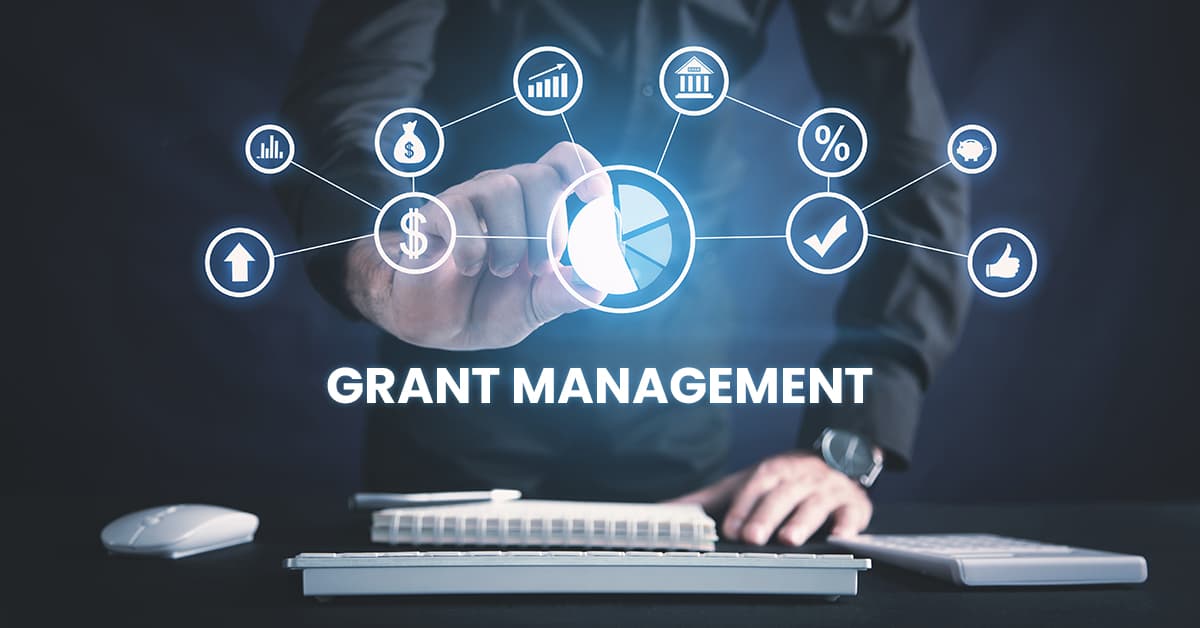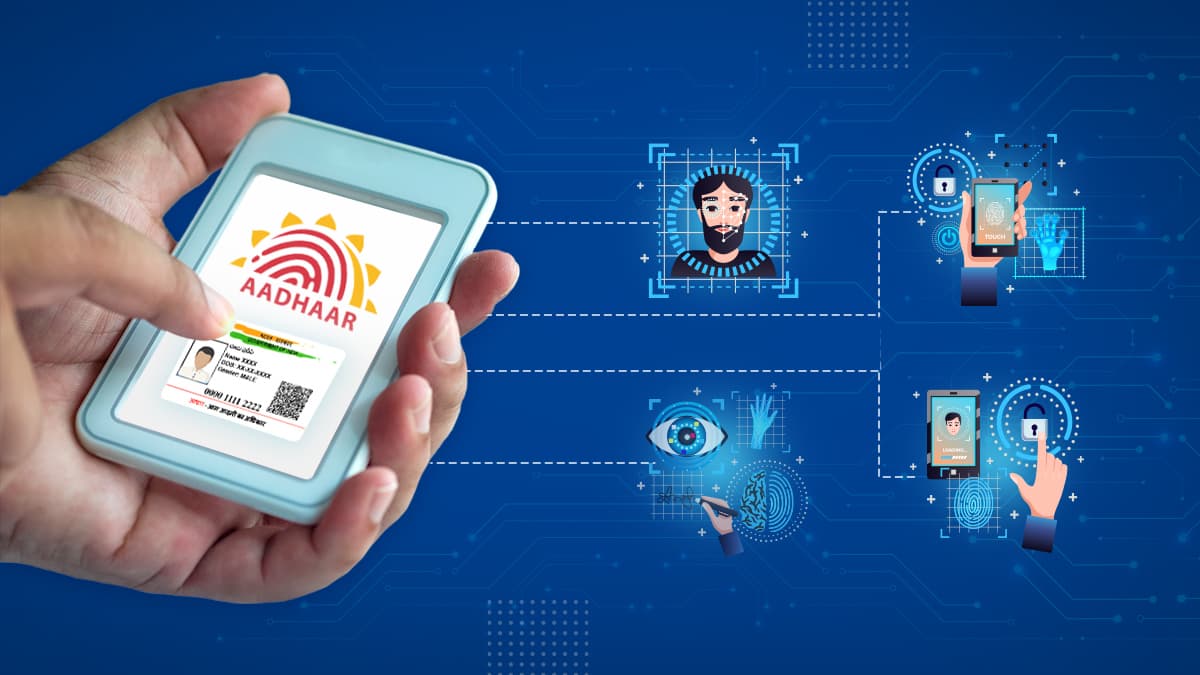Governments worldwide face litigation not just as a legal challenge but as a governance concern, one that hinges on how effectively justice data is managed and interpreted. As the OECD’s 2024 Working Paper, “Towards Effective Governance of Justice Data,” emphasizes, justice data must be treated as a core governance asset. Effective governance of justice data, grounded in consistency and evidentiary integrity, enables governments to track caseloads, ensure compliance, and uphold accountability within the judicial process.
However, case data within legal process management—covering filings, hearings, and judgments—is often scattered across departments, locked in manual reports or incompatible systems. This lack of integration limits oversight, prolongs case cycles, and increases administrative costs.
So, how can governments overcome these persistent challenges in managing litigation effectively?
Integrated Legal Monitoring Systems (ILMS) offer a digital governance framework that unifies dispersed case-related data, streamlines case tracking, and converts routine legal workflows into structured, actionable intelligence.
.jpg)
Odisha’s ILMS: A Case Study in Data-Driven Governance
A compelling example of digital transformation in legal governance comes from Odisha, where the School and Mass Education Department (S&ME), with support from CSM Technologies, implemented the Integrated Legal Monitoring System (iLMS) to streamline and accelerate litigation management.
Before the introduction of iLMS, the department was burdened with a large volume of pending cases, many related to pension, promotion, and salary disputes. Launched in 2018, iLMS replaced manual processes with a unified digital platform integrated with the Law Management System (LMS) and the Office of the Advocate General. Accessible via both web and mobile, the system enables officers to track cases, receive push notifications, and view case calendars in real time. Within two years, the department disposed of nearly 65% of its backlog, as every case—from registration to resolution—was digitally captured, monitored, and updated through dashboards offering instant visibility into pendency and progress.
The system’s key capabilities include:
• Case registration and data integration: Supports automated case capture from the LMS through API integration and synchronization with other departmental or court databases, ensuring verified entries. This enables complete case capture, minimizes duplication, and allows timely tracking from day one.
• Workflow-based Case Handling: Departmental users and legal officers can prepare para-wise comments, upload counter affidavits, and update interim or final orders within a unified interface. Each stage is time-stamped and accessible, ensuring full traceability and accountability.
• Parent–Appeal Linkage and Audit Trail: Establishes clear linkages between parent cases and their appeals, supported by timeline views that provide a consolidated, traceable picture of each case’s progress.
Building on its success, the platform has since been scaled across 39 departments and over 5,500 offices. To date, more than 7.25 lakh cases have been registered, about 26% disposed of, and nearly 69% under active monitoring, with over 2,000 appeals filed. Nearly 95% of all cases are auto-synced through LMS integration, minimizing manual data entry and ensuring accuracy.
The Odisha experience demonstrates that even within a departmental context, integrating legal data can enhance governance quality, responsiveness, and fiscal discipline—an approach increasingly mirrored in data-driven reforms across justice systems worldwide.
.jpg)
Global Benchmarks: When Data Shapes Justice Delivery
Globally, integrated justice platforms are demonstrating how data discipline can transform legal ecosystems.
In Singapore, the judiciary-managed eLitigation platform links courts, law firms, and government agencies for seamless e-filing, document service, and case management. With features like Singpass Inbox alerts and the SG Courts app, the State Courts maintained exceptional efficiency, achieving clearance rates of 113% in 2022 and 97% in 2023—showcasing disciplined, data-driven workflows at scale.
Meanwhile, Brazil’s Processo Judicial Eletrônico (PJe), developed by the National Council of Justice (CNJ), standardizes electronic case processing across all courts, enabling nationwide monitoring. In 2024 alone, labour courts handled about 4.09 million processes—a 19.3% rise from 2023—with 3.6 million new filings managed entirely through PJe’s digital workflows.
Collectively, these systems have strengthened judicial coordination, reduced procedural overheads, and enhanced visibility in performance evaluation.
.jpg)
Litigation Data as a Strategic Governance Tool
The deeper transformation lies in mindset. Integrated monitoring systems shift how governments view litigation—from a reactive, compliance exercise to a strategic policy instrument.
As the Inter-American Development Bank’s Justice Digital Transformation Guide (2025) notes, digital tools create value only when anchored in sound governance, process redesign, and capacity building. iLMS platforms embody these principles by establishing feedback loops that enhance institutional performance and citizen trust.
When effectively implemented, an iLMS accelerates decision-making through real-time data, optimizes resources, and strengthens accountability by transforming legal management into a data-driven system that converts case histories into actionable insights, helping administrators anticipate challenges, measure impact, and improve overall efficiency and clarity.









































We will verify and publish your comment soon.